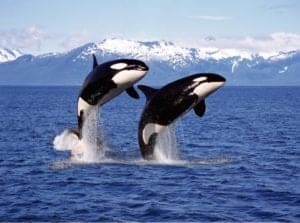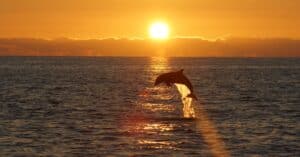Continue reading for our analysis...

It’s time for my selfie! A kayaker near Norway had an up-close encounter with a beluga whale in the harbor. The kayaker and the whale both captured some amazing footage.
The video begins with a tranquil view of a calm kayaking journey through the harbor. The kayaker is using a Go Pro-style camera to shoot hands-free footage as he kayaks. A male beluga whale, identified in the caption as Hvaldimir, trails along. The whale had been spotted in the harbor and was very friendly to humans, often trying to get close to them.
He was first seen in 2019 wearing a harness that suggests he was trained and likely kept in captivity for at least some time. His friendly behavior and willingness to be pet and fed also show that he is used to human interaction. Now, Hvaldimir lives in the wild (sans harness) but he still comes around people from time to time.
The kayaker paddles over to a nearby dock where other people are watching the encounter. Hvaldimir comes right up to the kayak and pops his out of the water. “Wow,” says the kayaker.
A Spy Whale?
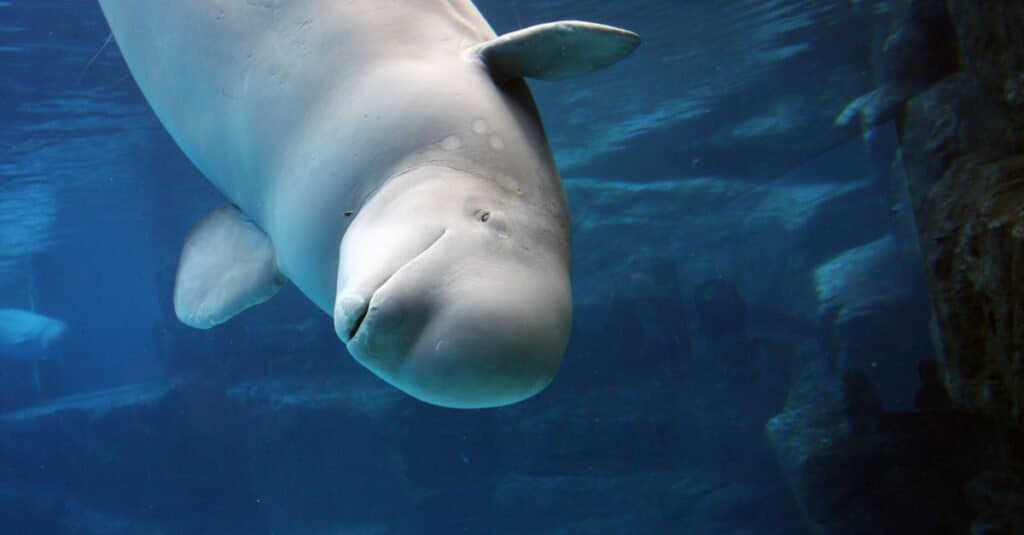
Beluga whales can have playful personalities.
©Christopher Meder/Shutterstock.com
Initial thoughts when Hvaldimir was first spotted included speculation that he was a spy whale. His harness could have been used to carry a camera or other equipment. Now, he seems to just be a friendly whale looking for some food. The Norweigan Directorate of Fisheries recommends letting Hvaldimir and other wild animals catch their own food to ensure that they are able to survive on their own. This keeps people and animals safe.
Hvaldimir is very interested in what is going on and even gets close enough to be pat on his nose. The kayaker puts the camera in the water to get an up-close shot. Whether Hvaldimir steals the camera or it just falls further into the water isn’t clear, but suddenly the footage gets blurry. That is until the camera comes to rest on the bottom of the sea floor amid shells and sand.
The next thing you know, you can see Hvaldimir’s mouth and face as he carries the camera back up to the surface of the water. He drops it off in the kayak and swims back a foot or two. It’s almost like you can imagine him waiting for a reward for returning the camera. Great job, Hvaldimir! Next, the beluga opens his mouth. Unfortunately for him, there isn’t any food and he swims off.
“That’s the coolest thing,” the kayaker says to conclude the encounter.
Is This Normal Behavior?
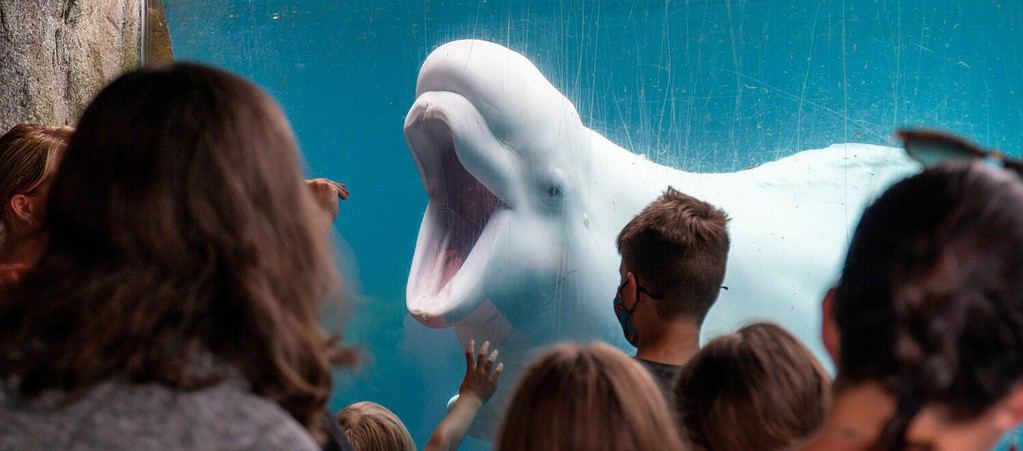
Beluga whales are not only very social animals–they are also highly intelligent.
©WoodysPhotos/Shutterstock.com
This encounter between a beluga whale and the kayaker is simply amazing. The whale not only showed itself to be highly social in interacting with him but also exhibited intelligence in retrieving the dropped Go Pro and returning it to him. While this is undeniably a rare interaction as far as how it played out, it’s normal for beluga whales to be highly intelligent, as well as social animals.
Researchers believe that beluga whales show signs of having advanced cognitive skills beyond their obvious playfulness. Their brains are exceptionally large in relation to their bodies and weigh over 400 more grams than a dolphin’s brains. In fact, after humans, belugas have the largest ratio of brain-to-body mass. Their brains allow them to engage in learning activities and problem-solving (like Hvaldimir retrieving the camera) and experience emotions on a larger scale than other animals.
Their brains also contain large amounts of spindle cells which aid in speech, cognition, and even complex emotions like empathy. Amazingly, some beluga whales have been able to imitate human speech as well as music, and are highly trainable. Under these conditions, it’s safe to say that the behavior shown by Hvaldimir was indeed normal.
Where Do Beluga Whales Live?
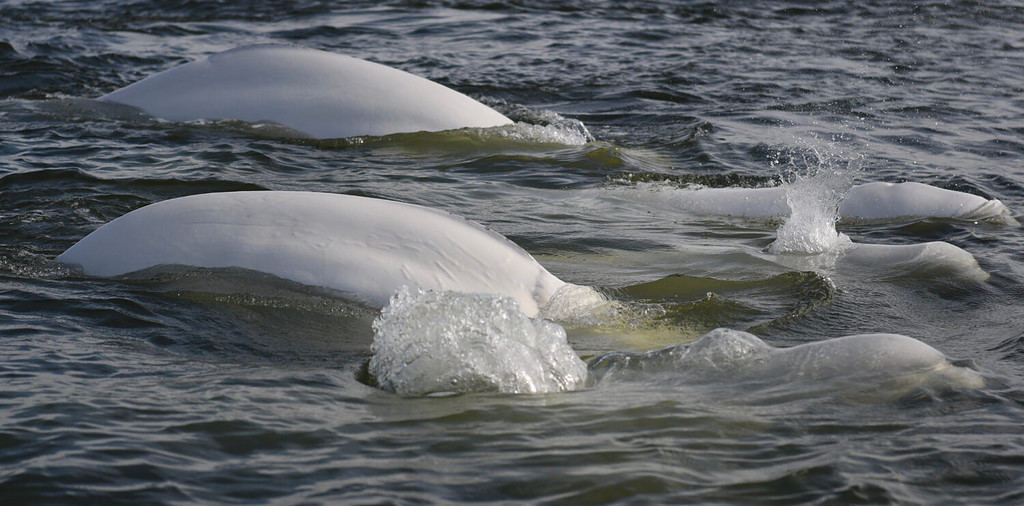
Beluga whales are typically found in frigid waters around areas like Russia, Alaska, Canada, and Greenland.
©YVETTE BARNETT/Shutterstock.com
Beluga whales live in the Arctic region. These marine mammals like shallow water but can also survive in deeper and colder areas as well. They are common around Russia, Alaska, Canada, and Greenland. They are known for being very playful and friendly. That doesn’t mean that you should get too close, however. Remember that they are still wild animals.
They can live quite long, often between 30 and 50 years. So it’s likely that we’ll have plenty more encounters with Hvaldimir in the future. The National Oceanographic and Atmospheric Administration (NOAA) recommends keeping your distance from belugas in the wild, however, to ensure that they can live healthy lives. Of course, no one told Hvaldimir that and he may just come around for another close-up.
Thank you for reading! Have some feedback for us? Contact the AZ Animals editorial team.




